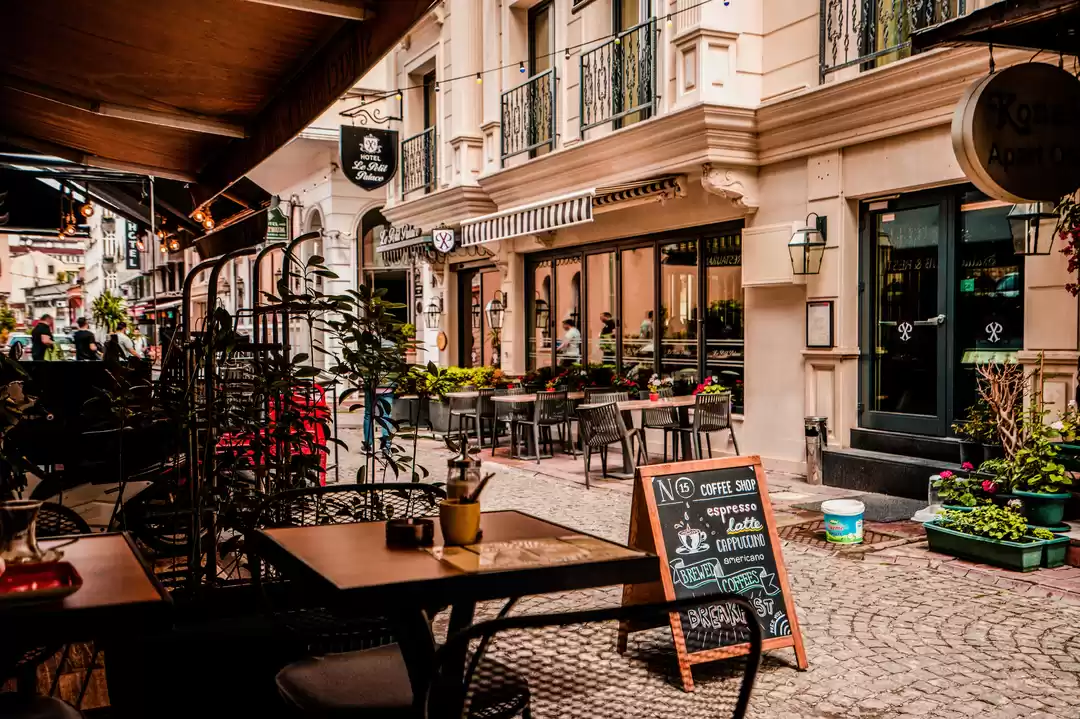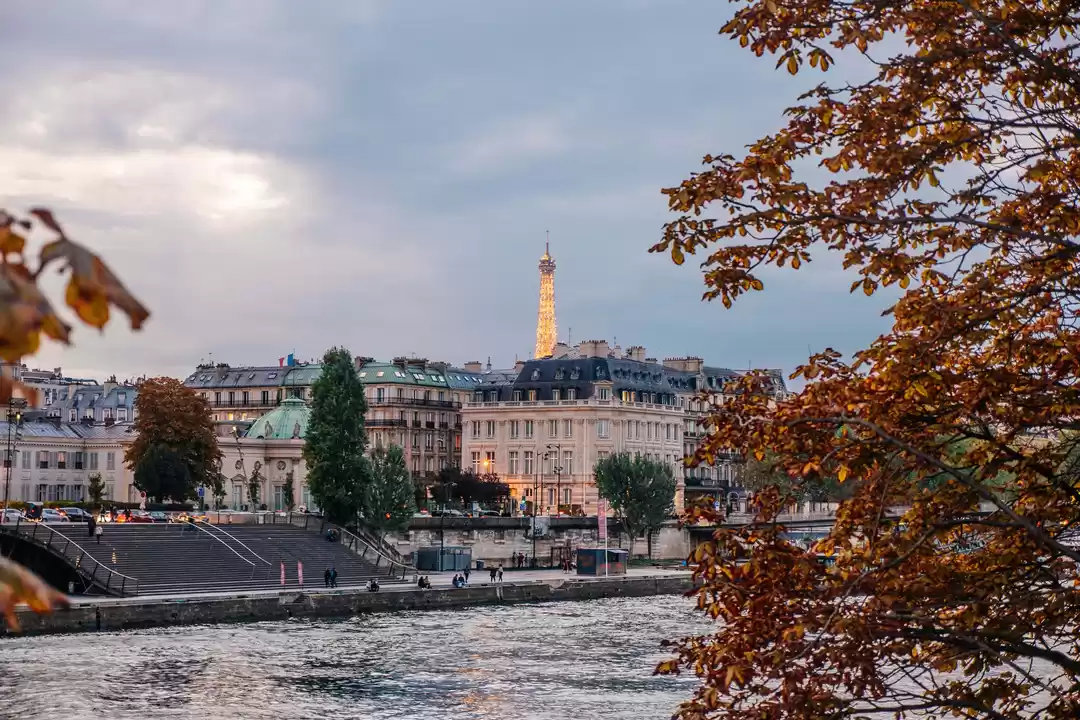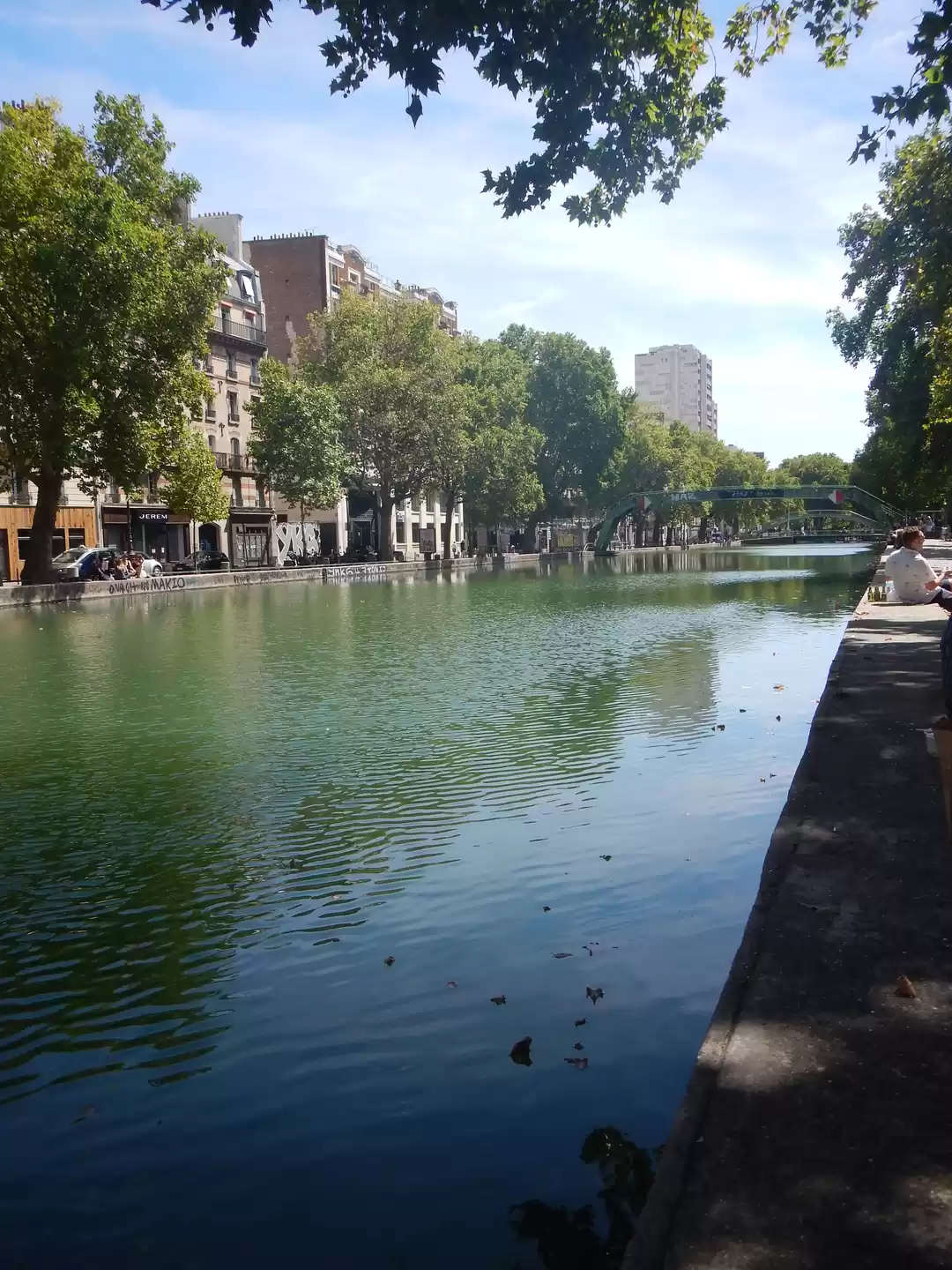




Of all the things that cross the mind at the mere thought of Paris, ranging from its rich history to Claude Monet, its sinful cuisine by far stays high-flying. A stroll across the three different neighborhoods of the French Capital makes the city’s repute as the culinary center of the world, quite evident.
Old Juggler, New Ways of Casting Magic
As the sun descends behind the Louvre, people close their books or fold their newspapers and rise from their afternoon chairs around the statuette garden of the nearby Palais des Tuileries. This is the old center of Paris, the 1st arrondissement. The city has been strategically divided into numbered arrondissements, or districts that sprung from this palace, which came out to be the center of the royal power in the 12th Century. The monarchs, however, did not conserve the Parisian convention- the preparation and savoring of delicacies-survive here completely.
Spring being the silent revolution, seems to have completely taken over the Parisian cuisine in the last couple of years. It has come out to be more hassle-free, more up to date and more receptive to foreign influences.
The 1st and 2nd arrondissements of Paris exhibit the city’s splendor: the marvelous sandstone palaces, sophisticated gardens, splattering fountains and sidewalks dotted with shockingly expensive designer shops. It is a robust chef who beats all the conventions here-but patissier Pierre Herme does exactly that. After a lovely and pleasing stroll across the Jardin des Tulleries, his little shop on the elegant Rue Cambon is like a treasure chest-only this one is packed with flawlessly set stocks of excellent chocolates. Then there are the window racks that have been neatly arranged with macaroons-in the order of rainbow tonnes of sugar pink, pale yellow and sea-green. It is for such fine creations that led French Vogue to christen him ‘the Picasso of pastry’.
On a walk back from Rue Cambon to the Boulevard de Sebastopol, the lanes become narrower and the designer shops quite extraordinary. Until a couple of years ago, Paris did not have anything like a cocktail club out of the formal bar hotels. But now, the cobwebs have been swept away from the drinking landscape of the old city by the Experimental Cocktail Club, concealed behind a grey door on one of the lanes in the 2nd arrondissement. Inside one will be welcomed to an elegantly candle-lit room adorned with Perspex chandeliers, velvet chaises-lounges and uncovered brickwork, and a bar arranged with rare collections of wines from France and all across the world.
Food for Soul:
The Rive Gauche also known as Left Bank, has been long famous for being the intellectual neighborhood of the city. The center is an abode to the well-known book market that wanders across the banks of Seine. More so, the tweedy patrons of the Shakespeare and Company, the favorite English bookshop, loll around running their eyes through Jean-Paul Sartre and Simone de Beauvoir or simply play soulful tunes on the old piano of the shop.
When the dinner crawls by, a queue surrounding the block outside the Café Constant can be seen.
All in all, Paris may not have reinvented delectable, but delectable has definitely evolved.




































